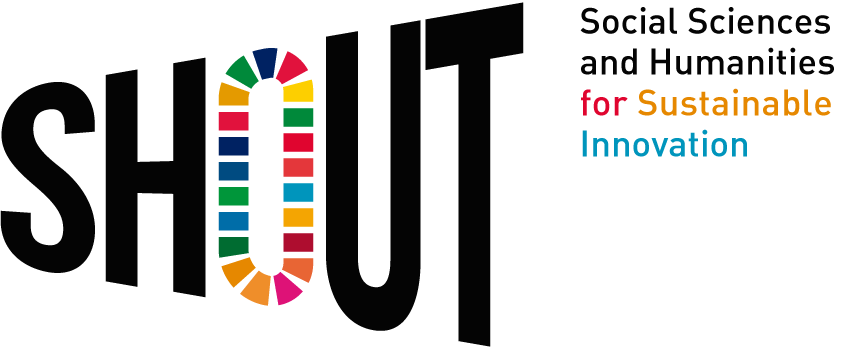The influence of the pandemic crisis on the SDGs
The pandemic is jeopardizing the production of data central to the achievement of the SDGs.
The spread of Coronavirus is limiting the ability of many national statistical offices to deliver official monthly and quarterly statistics as well as the data necessary to monitor progress on the SDGs. A recent survey conducted by the United Nations and the World Bank (with responses from 122 countries) shows that the pandemic has affected the operations of the vast majority of national statistical offices: 65 per cent of headquarters are partially or fully closed, 90 per cent have instructed staff to work from home, and 96 per cent have partially or fully stopped face-to-face data collection. In addition, a large number of SDG indicators are available only with a significant time lag. For instance, in at least half of countries or areas in the database, the latest data point available for poverty-related indicators (Goal 1) is for 2016 or earlier. A similar situation is found for indicators on gender equality (Goal 5), sustainable cities (Goal 11) and peace, justice, and strong institutions (Goal 16).
The influence of pandemic crisis on the goals: poverty data
Before the pandemic, the world had been making progress – although uneven – towards the global Goals, so that accelerated actions were still needed in most areas.
The pandemic is affecting the world’s poorest and most vulnerable people. It has exposed harsh and profound inequalities in our societies and is further exacerbating existing disparities within and among countries. In advanced economies, fatality rates have been highest among some vulnerable groups, such as older persons, and in developing countries, the most vulnerable – including older persons, persons with disabilities, indigenous people, children, migrants and refugees – risk being hit even harder.
The influence of pandemic crisis on the goals: unemployement data
Before the pandemic, the world had been making progress – although uneven – towards the global Goals, so that accelerated actions were still needed in most areas.
Due to unemployment and underemployment caused by the COVID-19 crisis, some 1.6 billion workers in the informal economy – half of the global workforce – may be significantly affected. The income of informal workers worldwide was estimated to have dropped by 60 per cent in the first month of the crisis, and up to 81 per cent in some regions. The crisis has also significantly increased the vulnerability of the world’s one billion slum dwellers, who have already suffered from inadequate housing and limited or no access to basic infrastructure and services.
The influence of pandemic crisis on the goals: women
Women and children are also bearing the brunt of the crisis. Many women are facing increased economic insecurity. The crisis is creating circumstances that have already contributed to a surge in reports of violence against women and girls. Cases of domestic violence have increased by 30 per cent in some countries. Millions of unintended pregnancies can be expected as tens of millions of women are unable to access family planning supplies and services. Moreover, women – who already bear a disproportionate burden of unpaid care work – take on much of the additional care work due to the closure of schools and day-care centres. Being on the front lines in fighting the coronavirus also puts women at greater risk as they account for nearly 70 per cent of health and social workers globally.
The influence of pandemic crisis on the goals: children
Disrupted health care and limited access to food and nutrition services could result in hundreds of thousands of additional under-5 deaths and tens of thousands of additional maternal deaths in 2020. Around 370 million children missed out on school meals due to school closures this spring and 70 countries reported moderate-to-severe disruptions or a total suspension of childhood vaccination services during March and April 2020. Prolonged absence from school results in lower retention and graduation rates and worsens learning outcomes. It also has an adverse effect on the social and behavioural development of children and youth. As more families fall into extreme poverty, children in poor and disadvantaged communities are at much greater risk of child labour, child marriage and child trafficking.
